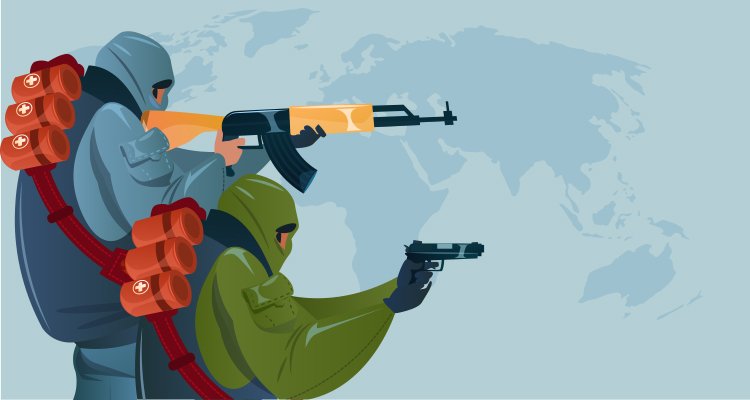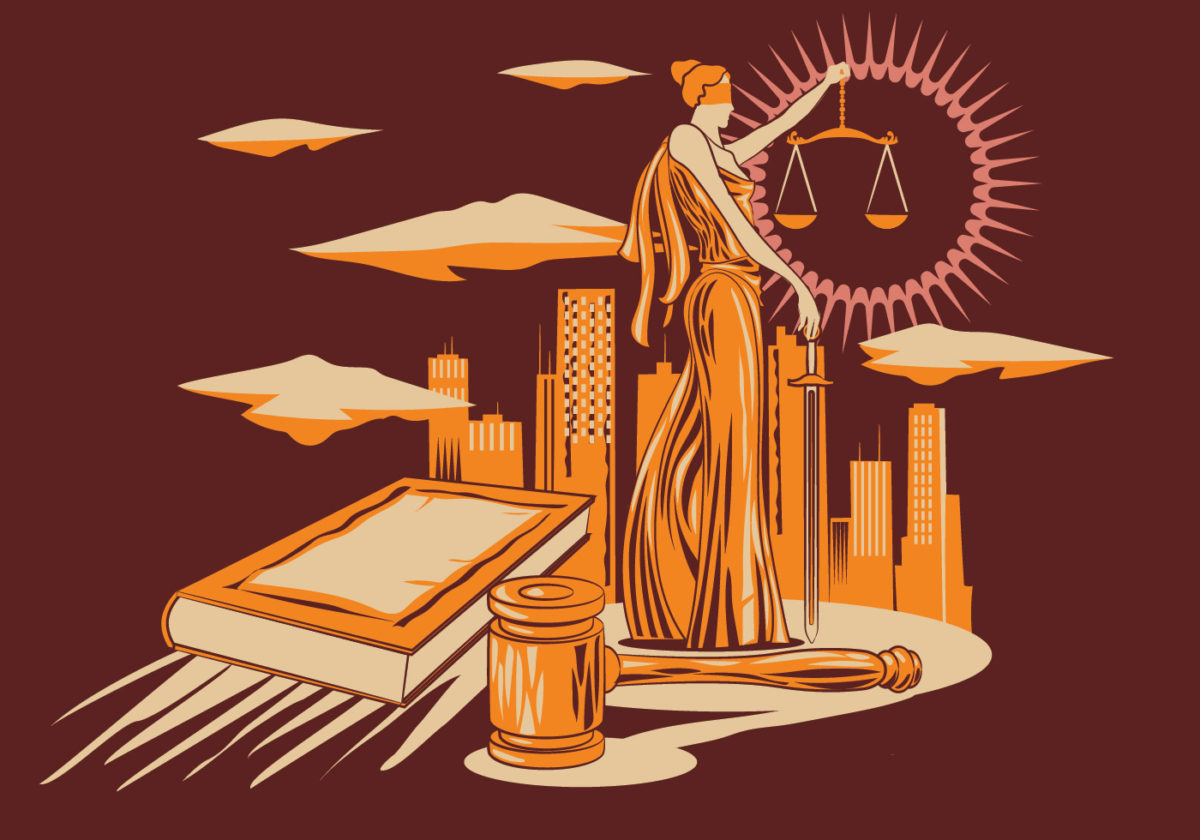Science and technology have significantly transformed crime, facilitating new methods for both committing and combating criminal activities. However, their impact varies, presenting both advancements and challenges.
I. Introduction
- Hook: Science and technology have significantly transformed crime and also redefined the landscape of crime.
- Background: Overview of technological advancements and their dual role in crime.
- Thesis Statement: Science and technology have revolutionised crime, creating new opportunities and sophisticated countermeasures.
II. Supporting View 1: Enhanced Cybercrime Techniques
- Topic Sentence: Science and technology have significantly transformed crime as evidenced by the exponential rise of sophisticated cybercrime.
- Example 1: Ransomware attack on the University of Maastricht (2019) caused significant disruptions and financial losses. (Attackers encrypted critical data and demanded a ransom.)
- Example 2: Nigeria’s online fraud schemes (2020) targeted individuals and businesses worldwide, causing billions in losses. (Utilisation of advanced phishing and social engineering tactics.)
- Example 3: Singapore’s data breach (2021) exposed personal data of 1.5 million healthcare patients. (Highly sophisticated hacking methods exploited system vulnerabilities.)
- Analysis: Advances in technology have made cybercrime more prevalent and complex.
III. Supporting View 2: Improved Surveillance and Forensic Techniques
- Topic Sentence: Technology has enhanced crime detection and prevention.
- Example 1: United Kingdom’s use of CCTV (2019) significantly reduced urban crime rates. (Extensive camera networks enabled real-time monitoring and quick response.)
- Example 2: DNA analysis advancements in Japan (2020) led to solving cold cases. (Improved forensic techniques identified previously unknown suspects.)
- Example 3: Germany’s predictive policing software (2021) helped in preventing crimes before they occurred. (Analysis of crime data patterns predicted and prevented criminal activities.)
- Analysis: Technological tools have increased the effectiveness of law enforcement.
IV. Supporting View 3: Global Collaboration Against Crime
- Topic Sentence: Science and technology have significantly transformed crime-busting, particularly how international cooperation in combating crime has become seamless
- Example 1: Europol’s cybercrime centre (2020) facilitated cross-border investigations and arrests. (Joint operations dismantled major cybercrime networks.)
- Example 2: Interpol’s use of facial recognition (2019) aided in identifying international fugitives. (Coordinated efforts improved tracking and apprehension.)
- Example 3: India’s digital evidence sharing (2021) with other nations streamlined international criminal investigations. (Shared databases and technologies enhanced global cooperation.)
- Analysis: Technology promotes international collaboration, improving global crime-fighting efforts.
V. Opposing View 1: Privacy and Civil Liberties Concerns
- Topic Sentence: Technological surveillance raises privacy issues even if it means catching the bad guys.
- Example 1: China’s extensive use of surveillance cameras (2020) sparked global privacy debates. (Government monitoring raised concerns about civil liberties.)
- Example 2: Russia’s internet censorship (2019) limited freedom of expression. (Government control over digital communication stifled dissent.)
- Example 3: France’s data retention laws (2021) faced backlash for invading personal privacy. (Mandatory data storage raised privacy and security concerns.)
- Analysis: Technological surveillance often conflicts with individual privacy and civil liberties.
VI. Opposing View 2: Technology Dependency and Vulnerability
- Topic Sentence: Over-reliance on technology can be problematic.
- Example 1: India’s Aadhaar data breach (2019) compromised millions of citizens’ personal information. (Reliance on digital ID systems exposed vulnerabilities.)
- Example 2: Brazil’s power grid cyberattack (2020) demonstrated critical infrastructure weaknesses. (Attackers exploited technological dependencies to cause widespread disruption.)
- Example 3: Mexico’s police database hack (2021) exposed sensitive law enforcement information. (Dependence on digital systems made security breaches more impactful.)
- Analysis: Heavy reliance on technology can lead to significant vulnerabilities.
VII. Opposing View 3: Adaptation of Criminals to New Technologies
- Topic Sentence: Criminals quickly adapt to technological advancements.
- Example 1: Dark web marketplaces in the Netherlands (2019) facilitated illegal trade, evading law enforcement. (Anonymity tools made tracking and prosecuting offenders difficult.)
- Example 2: Cryptocurrency scams in South Korea (2020) exploited new financial technologies for fraud. (Rapid adoption of digital currencies led to new types of financial crimes.)
- Example 3: Advanced phishing attacks in Canada (2021) targeted remote workers during the pandemic. (Criminals adapted to the increased use of digital communication tools.)
- Analysis: Criminals’ adaptability to technology presents ongoing challenges for law enforcement.
VIII. Conclusion
- Restate Thesis: Science and technology have dramatically reshaped crime, creating new challenges and opportunities.
- Summary of Key Points: Enhanced cybercrime techniques, improved law enforcement, global cooperation, privacy issues, technology dependency, and criminal adaptation.
- Final Thought: Balancing technological advancement with ethical considerations is crucial for future crime prevention.
Nota benne:
Crime encompasses counterfeit luxury goods and even pharmaceutical drugs. Human trafficking, money laundering and scams have brought about new waves of crime never seen before. Doxxing and blackmail through suggestive pictures online or via social messaging have made the public prosecutor even busier. The above essay requires a wider perspective.




